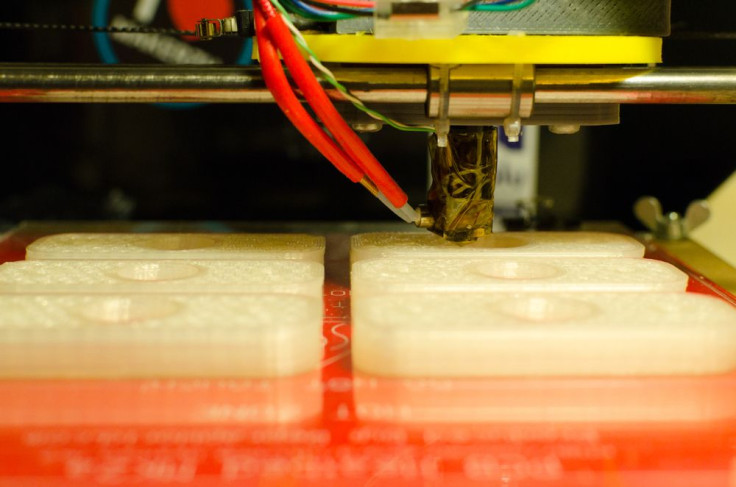3D-Printed Windpipe Splints Help Baby With Tracheomalacia Breathe Again

Garrett Peterson is only 18 months old, but he has already had major surgery in the form of 3D-printed windpipe splints.
Garrett, who was born with a rare breathing disorder that causes his trachea to collapse in response to the slightest movement, is now getting ready to leave the hospital for the first time in his life. His recovery marks the end of a year-long nightmare for his parents, Jake and Natalie Peterson, who have lived in constant fear of their son’s life. "He could go from being totally fine to turning blue sometimes — not even kidding — in 30 seconds," Natalie said, speaking to the NPR blog Shots.
"It was so fast. It was really scary,” she added. "When he got upset, or even sometimes just with a diaper change, he would turn completely blue."
Two 3D-printed splints have now been implanted to hold his trachea open until it becomes strong enough to function on its own. For the first time in his life, Garrett is now able to breathe on his own without constant supervision. But according to Dr. Scott Hollister, the biomedical engineer who oversaw the design of the implant, the severity of the young boy’s condition made the prognosis uncertain at first.
"In some sense we were thrown directly into the fire," he told reporters. "We characterized it as sort of a Hail Mary pass."
Together with Dr. Glenn Green of the University of Michigan, Hollister started by developing a computer model of Garrett’s trachea. Using a 3D printer that melts plastic dust particles with a laser, they were able to construct two small, flexible splints tailored to fit around the weakest points of the windpipe. "It's like a protective shell that goes on the outside of the windpipe and it allows the windpipe to be tacked to the inside of that shell to open it up directly," Green explained.
The innovation has yet to receive approval from the Food and Drug Administration — but after some convincing from the medical team, the agency granted an emergency waiver, and Garrett was finally scheduled for surgery.
During the procedure, the team opened the boy’s chest, fitted the splints around his weakened trachea, and watched as his white, oxygen-deprived lungs turned a healthy pink. The whole thing was over in about eight hours.
Although Garrett is still in the hospital, doctors say that he will be able to come off his ventilator completely within months. "Here something that we'd worked on, that had been constructed just a week ago to match this defect,” Green said. “It had worked just the way we had hoped. I said, 'This is going to change this boy's life and his family's life forever.'"



























